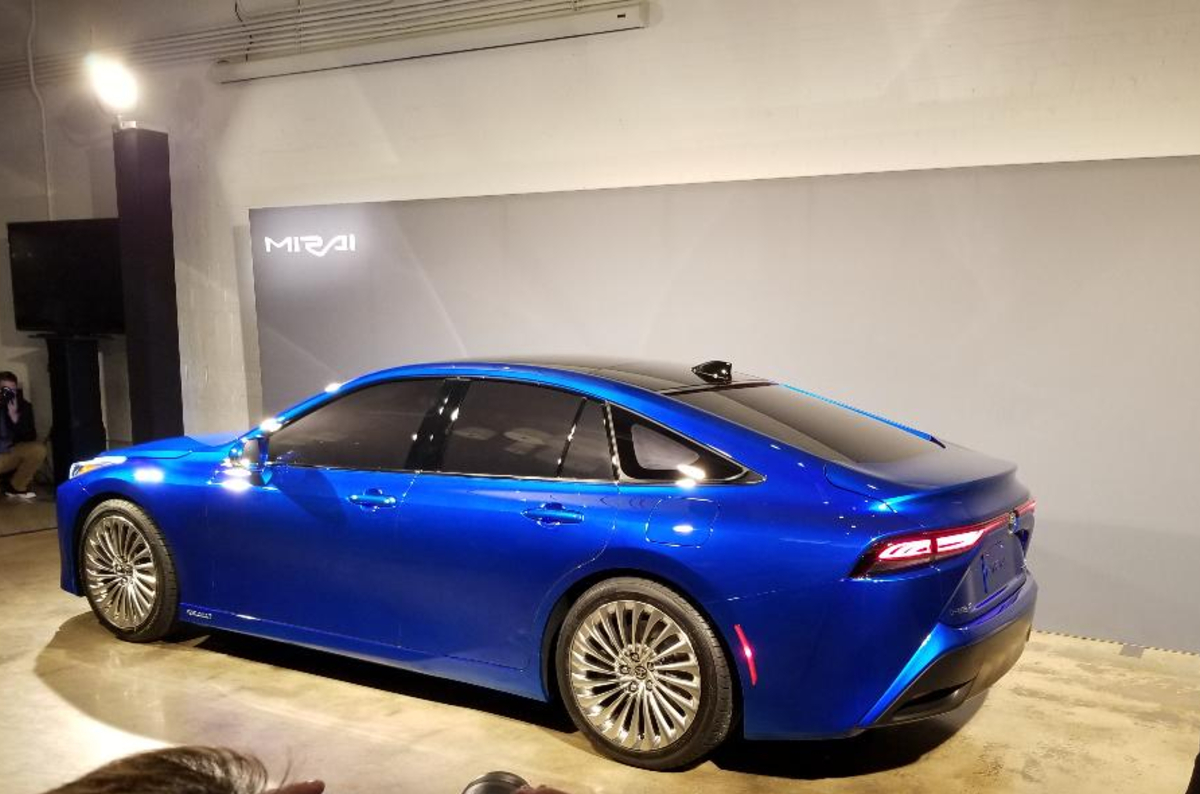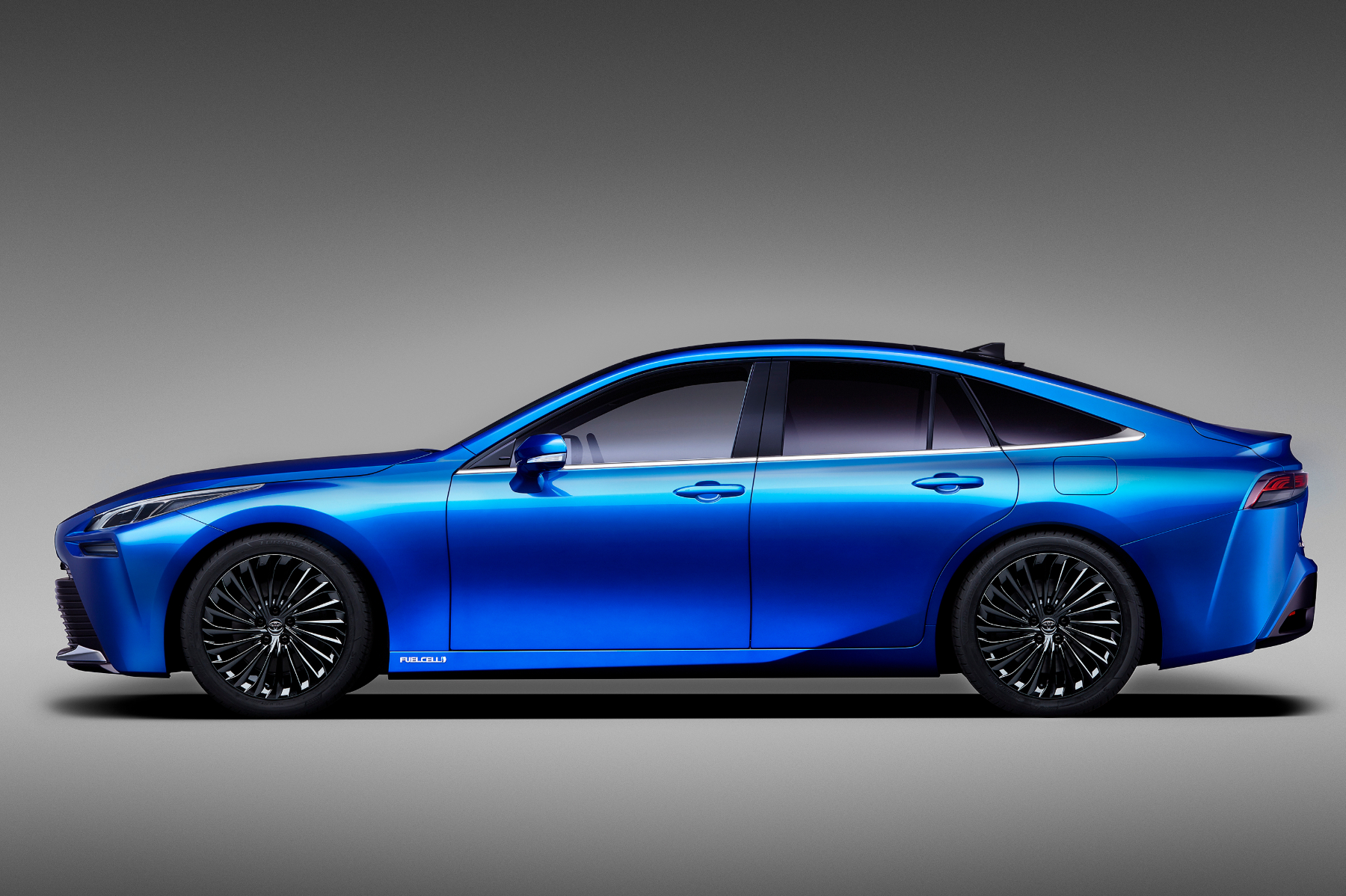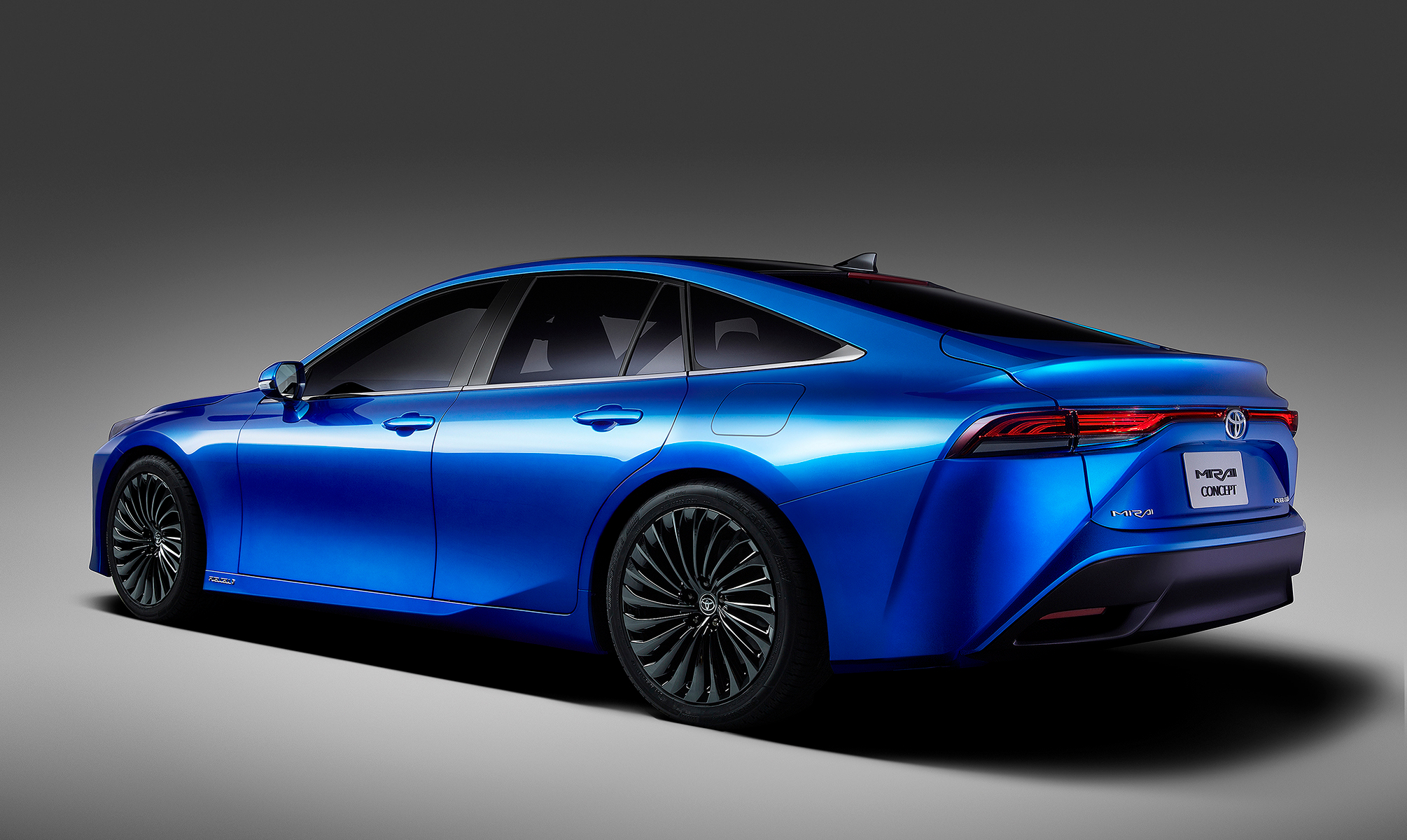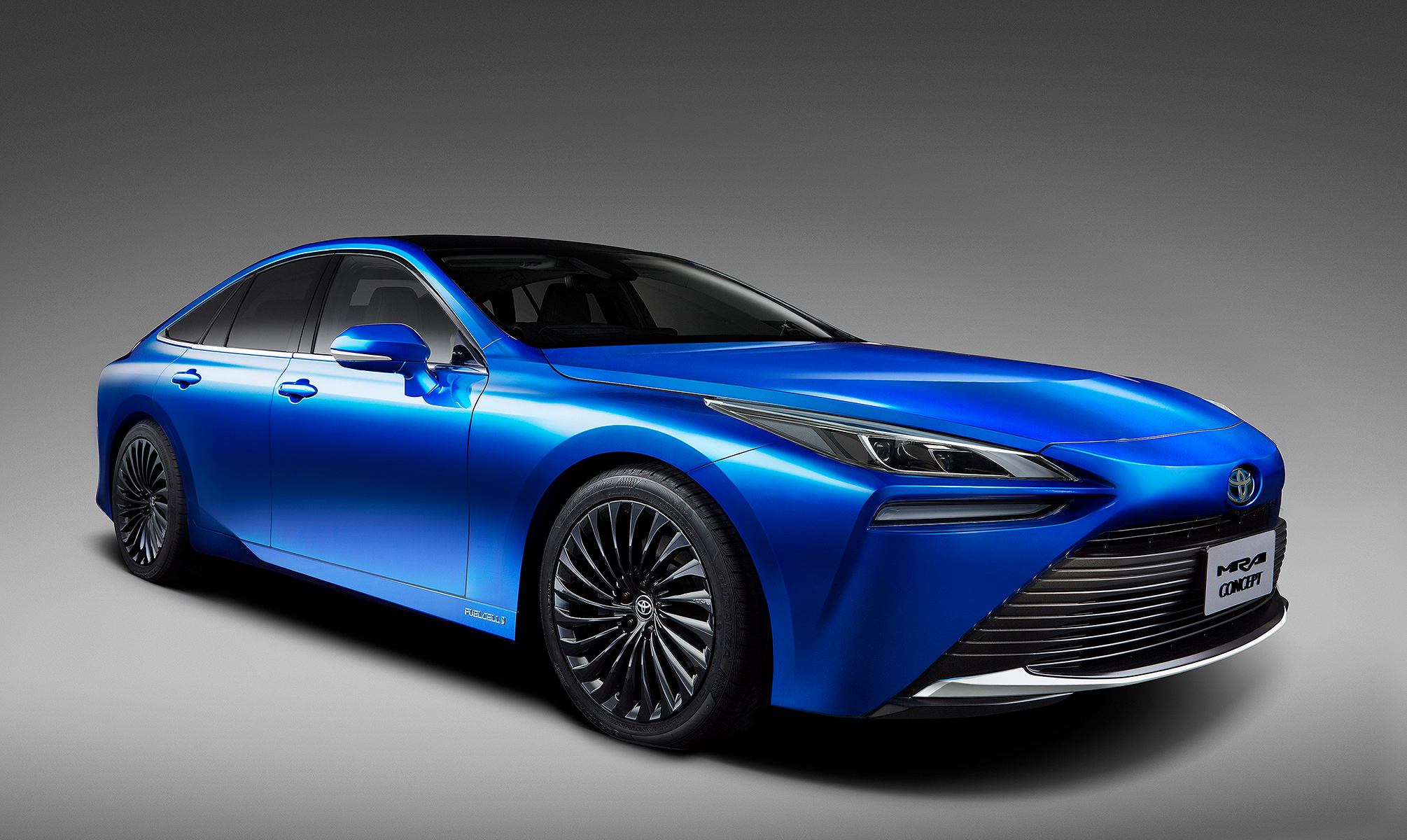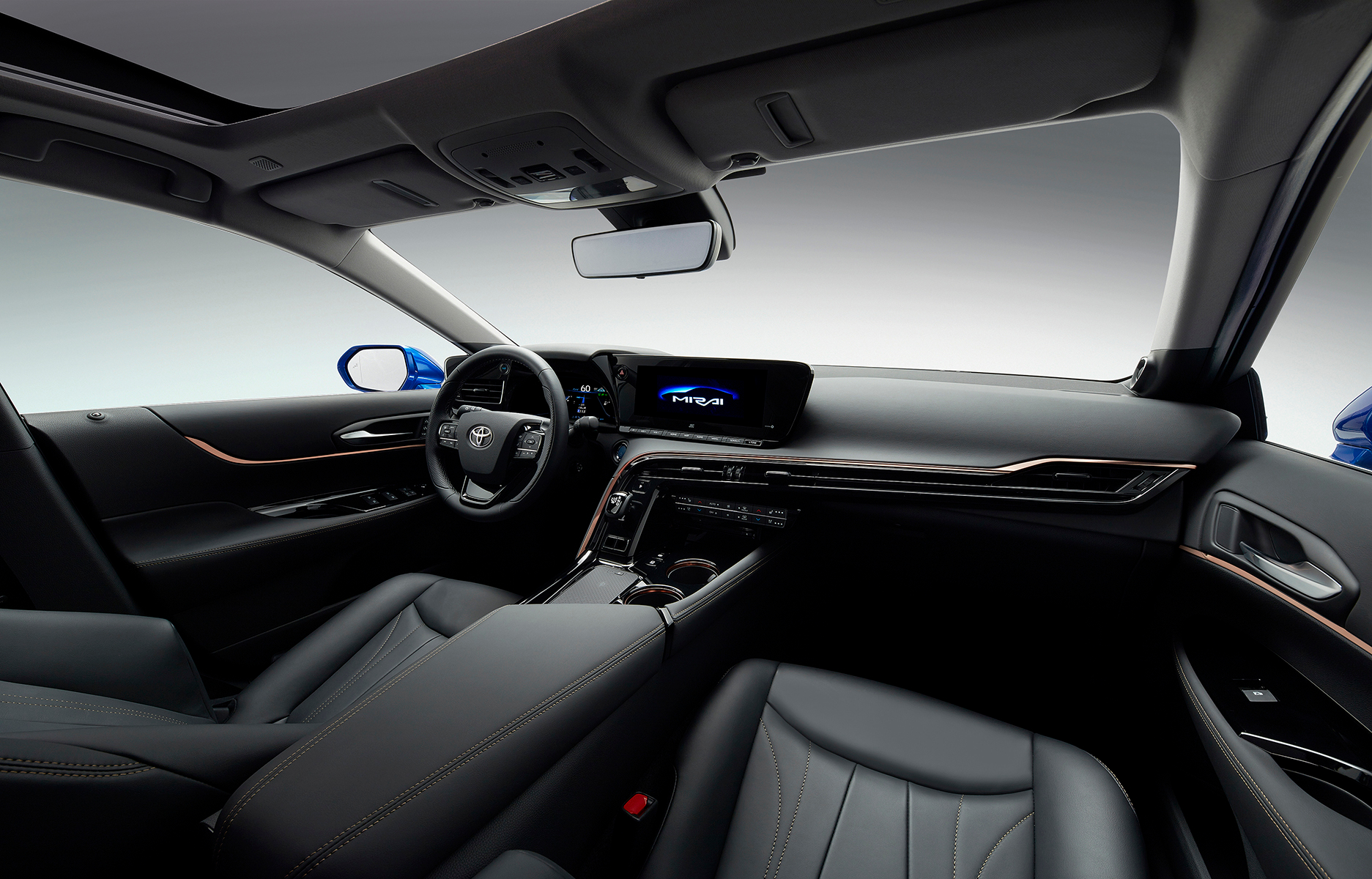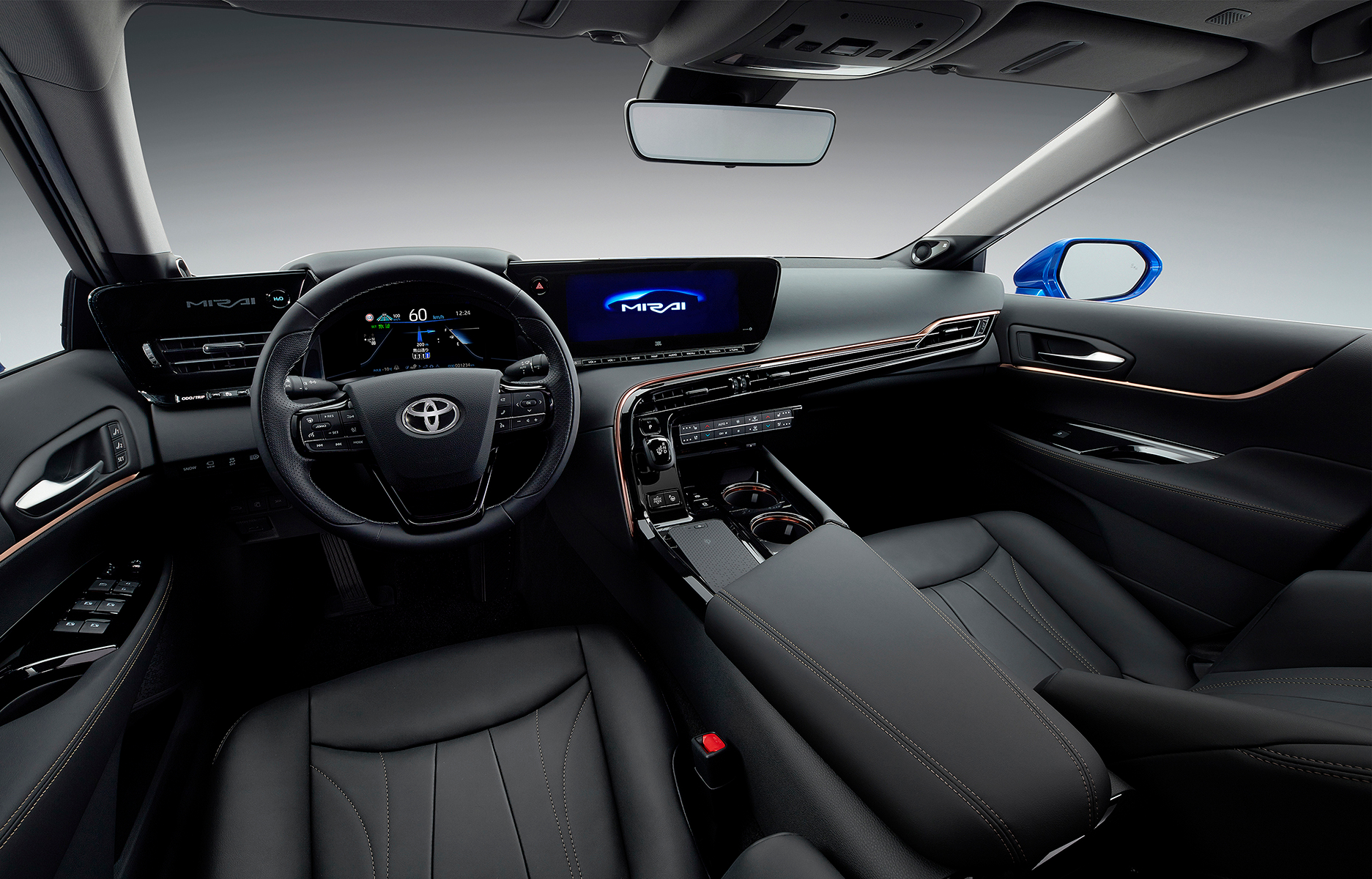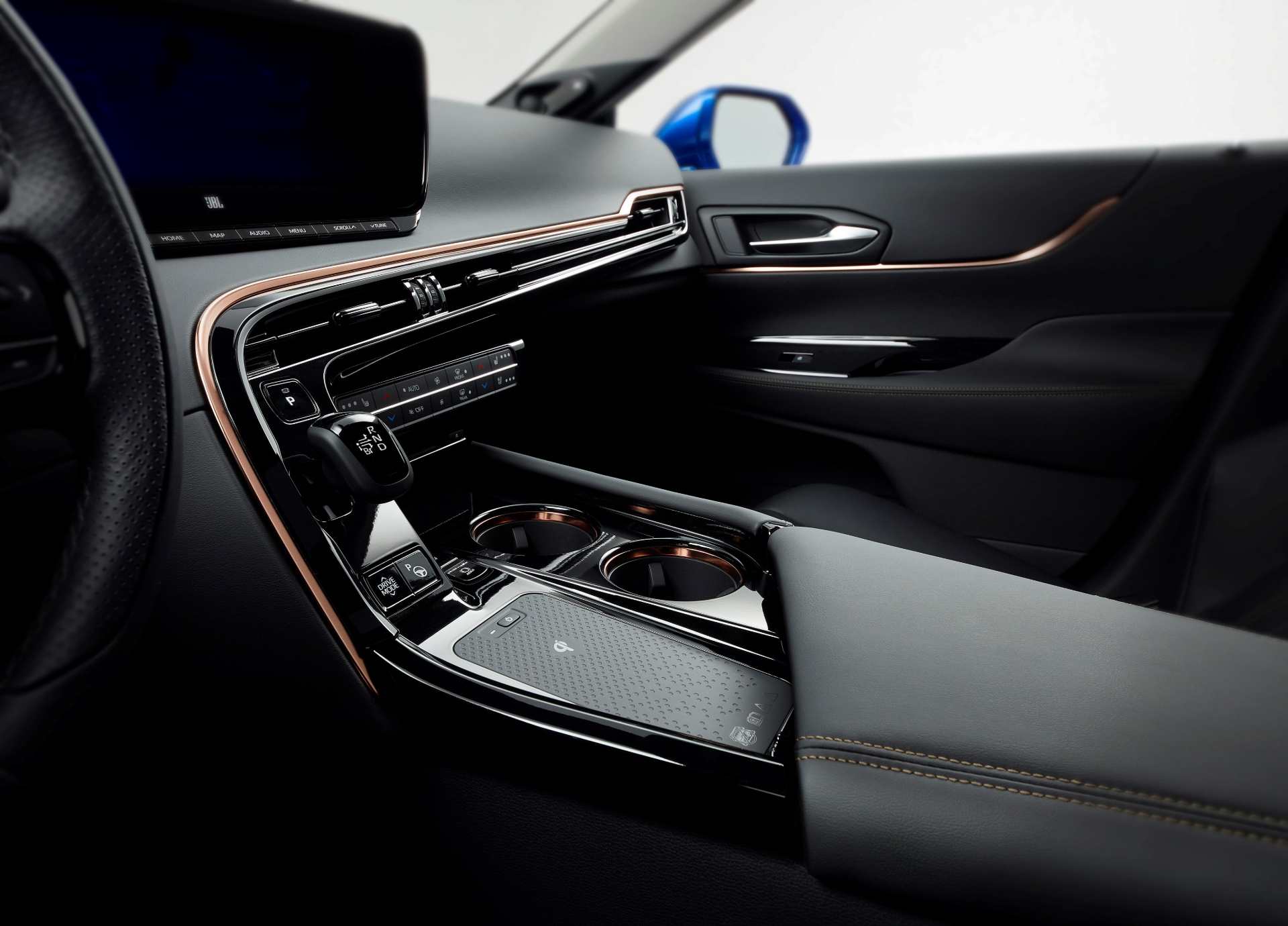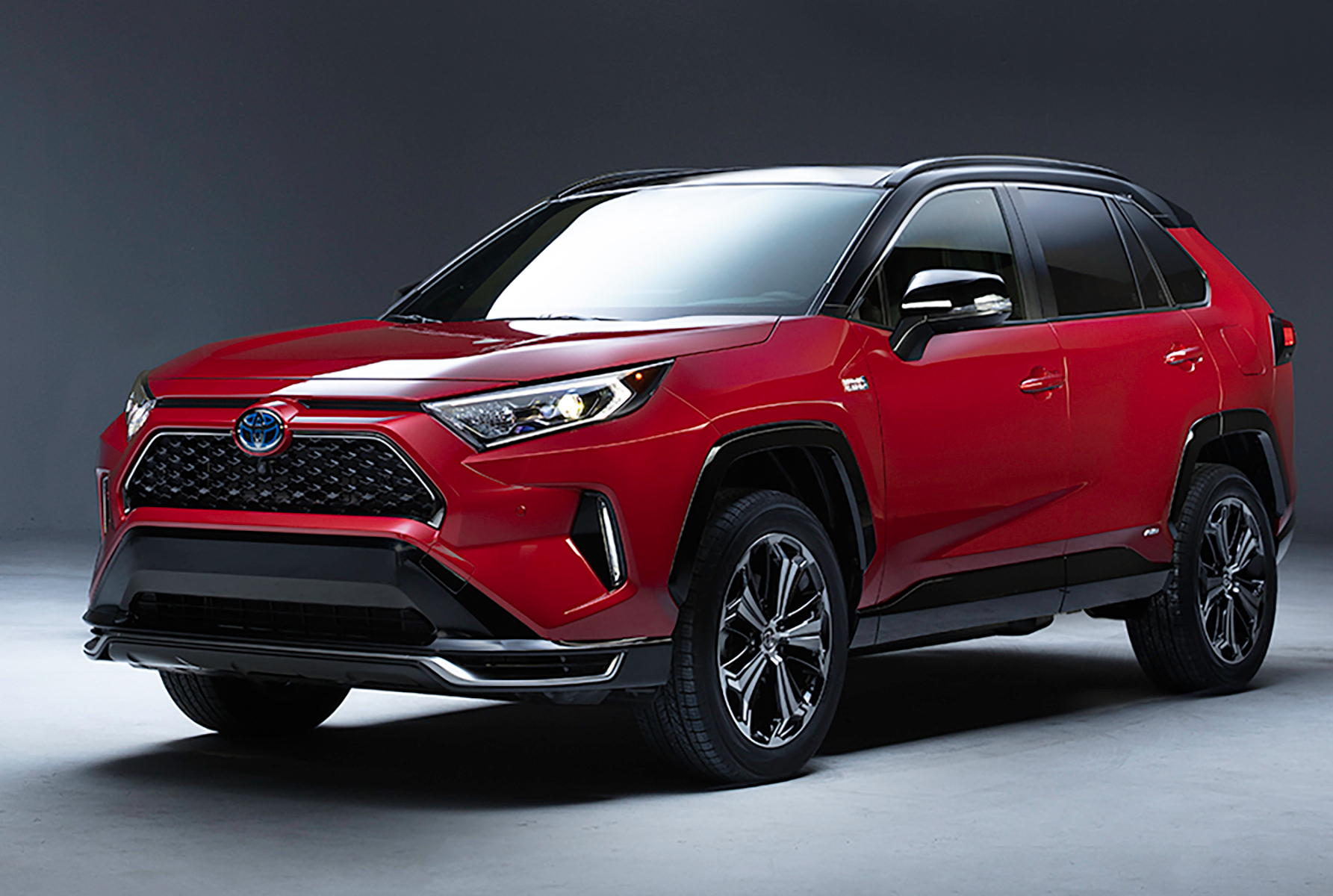Underscoring its commitment to alternative fuel vehicles, Toyota revealed the second-generation, 2021 Mirai hydrogen fuel cell electric vehicle (FCEV) at an event held at Greensboro, North Carolina’s Proximity Hotel. Toyota also used the occasion to tease images of the 2021 RAV4 plug-in hybrid and to introduce an extended 10-year, 150,000-mile battery warranty for the model year 2020 hybrid, plug-in, and fuel cell electric vehicles.
Toyota held what it termed an E-volution media drive at the Greensboro location because the Proximity Hotel was the first Leadership in Energy and Environmental Design (LEED) Platinum-certified hotel. LEED Platinum certification is the highest recognition level for whole-building design and operational sustainability.
Toyota executives presented an overview of the company’s alternative fuel vehicles since the introduction of the original Prius hybrid in 1997. Doug Murtha, group vice president of corporate strategy and planning for Toyota Motor North America, said Toyota would have at least one electrified version of every model sold in the United States by 2025.
When pressed by Digital Trends on whether the 2025 claim includes the 4Runner, Sequoia, and Land Cruiser body-on-frame models, Murtha smiled and said: “One of three things will happen: They will be electrified, possibly they’ll be converted to unibody designs and electrified, or they’ll be gone.”
Given their reputations for durability and reliability, plus the near-cult status of the Land Cruiser and 4Runner, hopefully, Toyota plans to find a way to electrify the durable truck-based vehicles.
Media attendees had the opportunity to drive most of the current Toyota alternate fuel lineup, including the 2019 Mirai FCEV on various routes in Greensboro urban and countryside areas. Sadly we were not able to drive the 2021 Mirai or 2021 RAV4 plug-in hybrid, both of which will be available in late 2020.
2021 Mirai
There was palpable excitement in the room in Greensboro when Jackie Birdsall, senior engineer in the fuel cell development department of Toyota Motor North America, pulled the cover off the 2021 Mirai. When the cover was off, everyone was smiling, and all eyes were as bright at the FCEV’s paint job.
Featuring a new, sparkling blue multilayer paint, the 2021 Mirai FCEV is a 5-passenger, rear-wheel drive (RWD) premium sedan that looks like a coupe. The original (and current) Mirai is a front-wheel-drive vehicle sold only in California, which made it a treat to drive it in North Carolina.
Fuel cell vehicles store compressed hydrogen. The hydrogen is combined with oxygen to produce electricity stored in on-board batteries. FCEVs don’t need to be plugged in to recharge the batteries. When drivers stop at hydrogen fueling stations, which are currently only in California and Hawaii in the U.S., filling the tank takes about five minutes. The only emissions discharge with FCEVs is water.
Toyota did not disclose performance or driving range specifics, other than to state a 30% range increase target from the current, 2019 Mirai’s approximate 312-mile range.
“We have pursued making a car that customers feel like driving all the time, a car that has emotional and attractive design appeal, as well as dynamic and responsive driving performance that can bring a smile to the faces of drivers,” said Yoshikazu Tanaka, chief engineer of the Mirai. “I want customers to say, ‘I chose the Mirai not because it’s an FCEV, but because I really wanted this car, and it just happened to be an FCEV.’”
Toyota did not disclose the list price for the 2021 Mirai, other than indicate the cost likely would be in the same premium vehicle mid-to-upper $50,000 range as the current Mirai.
2021 RAV4 Plug-in
Toyota gave journalists little information about the 2021 RAV4 plug-in hybrid vehicle (PHV) other than to announce a new color: Supersonic Red. Toyota execs also promised the RAV4 plug-in “will be celebrated by its spirited acceleration, nimble handling, and impeccable style.”
Murtha stressed to attendees that while hybrids are programmed for both range and performance, the current RAV4 hybrid is faster zero to 60 than the conventionally powered RAV4s. The 2021 RAV4 plug-in hybrid will continue the emphasis on performance.
The RAV4 plug-in will make its official debut November 20, 2019, at Los Angeles Auto Show in South Hall at the Los Angeles Convention Center.
Toyota 2020 Battery Warranty
Toyota’s current hybrid battery warranty covers the battery for 100,000 miles or eight years from first use. Beginning with 2020 model year hybrid, plug-in, and fuel cell electric vehicles, Toyota will extend the battery warranty for ten years from first use or 150,000 miles, whichever comes first. Other hybrid components will continue with eight-year, 100,000-mile coverage. The warranty will cover the original owner and all subsequent owners.
Toyota decided to extend the battery warranty based performance and durability, but also to reassure skeptical or uncertain new or used alternate energy-powered vehicle buyers.
“Toyota introduced the first hybrid vehicle in the world more than 20 years ago, but people still have hesitations about owning a hybrid vehicle,” said Heather Updegraff, general manager, Toyota Vehicle Marketing & Communications. “Our goal is to minimize that concern and this new warranty extension for the hybrid battery is just another way we are leading the industry and putting our customers first.”
Editors' Recommendations
- 2021 Toyota RAV4 vs. 2021 Subaru Forester
- 2021 Toyota RAV4 Prime adds fuel efficiency and power in equal measure
- A self-driving Toyota will escort the 2020 Olympic flame in Tokyo


